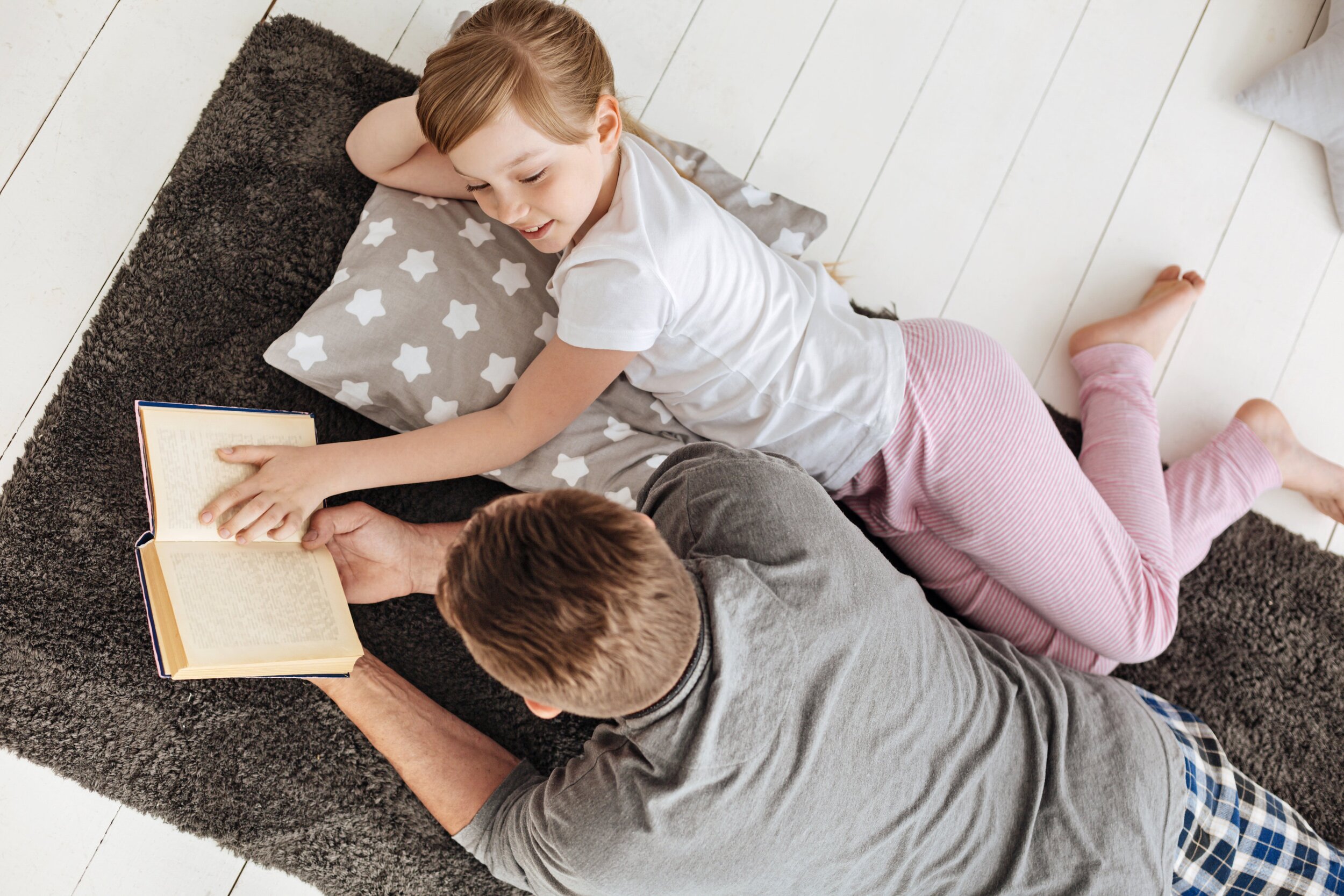My Practically Free Guide to Getting Started Homeschooling Elementary School
Every summer, I get email from people who are trying to find the “perfect curriculum” for their brand-new homeschools, but the truth is, you probably won’t know what a perfect curriculum actually looks like for your family until you get through a few months of homeschooling. Homeschooling is partly about curriculum, but it’s also about understanding how your kids learn, what your family’s daily rhythm feels like, and what you’re actually willing to do every week to get ready for your family’s learning life.
That’s why I always recommend that new homeschoolers wait six months before making any major curriculum purchase. That’s really how long it takes most people to settle into homeschooling enough to know what you really need in a curriculum — which may turn out to be different from what you think you want when you first get started. It also lets you test-drive being a homeschool parent — which often involves different kinds of effort that new homeschoolers might expect. This sounds intimidating, but for elementary school, it’s SO EASY. This is my go-to recommendation for new homeschoolers — it's designed to help you find your rhythm, build comfort with leading your students’ learning, and keep the learning going as you find your way. It’s basically a six-month, almost-free guide to starting homeschooling. (As with all homeschool projects, you’ll have to spend money or time to get quality curriculum — this is low-cost, so it asks for a not-insignificant parent-time investment. I don’t think there’s any curriculum that’s almost free, hands-off, and a great educational choice, but two out of three isn’t bad!)
What you need:
A readaloud (You can choose any chapter book that you’re excited about, but some of my favorite starter-readaloud recommendations are: The Adventures of Nanny Piggins, The Pepins and Their Problems, The Vanderbeekers of 141st Street, or The Adventures of Pippi Longstocking, all of which are sometimes laugh-out-loud funny.)
A non-fiction book for history (There are lots of good ones, but The People Shall Continue makes a really good spine for Native American studies, A Child’s Introduction to African American History is a great take on U.S. History, or explore life in medieval times with Good Masters! Sweet Ladies! Voices from a Medieval Village. Choose one book as your focus.)
I don’t recommend buying math for the first months of your homeschool; instead, take this opportunity to test out different math options by using sample lessons. Math can be one of the trickiest curriculum buys because kids learn math in such different ways, so give your student a chance to play with several different curricula these first months. It will become clear which are better and worse fits. It will also give you an idea of what level to start with! If you spend a week on each sample lesson, this should get you through at least 10+ weeks. I’d try:
Beast Academy (this link takes you to the books, but check out the online samples, too — look for the downloads in the right sidebar of the page for the book you’re interested in)
Singapore Dimensions (click on the grade level to see the samples for that book)
Math Mammoth (the downloads are in the right sidebar)
Teaching Textbooks (scroll all the way to the bottom for the sample lessons)
Organizing your day:
Most days, start with nature journaling. Buy a notebook, and check outside to record the date, weather conditions, and one nature observation. Do an activity in The Nature Connection workbook a couple of times a week — many of them can be done spur of the moment, but a few require a little advance planning. Aim to check out one book a week from the library about a nature topic you’ve touched on, and read it together. This is pretty low-key science, so you will want to add a little more information-based science after the first semester, but it’s a good way to get into the habit of “doing science” together.
Move on to reading: Alternate history reading and literature readings so that you start with a different subject each day, and be OK with sometimes only getting through the first one.
For literature, choose five words from what you’re reading every week or two to be your “spelling words” for the week, and practice writing and defining them. Copy them every day or two to practice spelling, and see how many different ways you can use them in a sentence. Encourage your student to summarize each chapter: What happened? Your goal is to steer them in the direction of a clear, two- or three-sentence summary, but this can take years to get to, so be prepared to be patient! It’s fine to do this out loud instead of in writing. Ask your child to draw a scene, a character, or a setting from the story once a week. Also once a week, encourage her to come up with one question that the author hasn’t answered. (This is another work-in-progress skill — I did a talk at the SEA conference in June about a resource called The Good Thinker’s Toolkit that makes this a little easier, but honestly, a lot of it is a patience.)
For history, look for ways to apply what you are learning. Draw a map together. Make historical figure trading cards: Draw a historical personage on the front, and write their name, relevant dates, and a couple of facts on the back. (You can accumulate a giant deck of these by the end of the year!) Build or make something mentioned in your reading. Research something that interests you, and learn more about it. Find a video about something related to your reading and watch it together. Look for museum exhibitions (lots of them are online now!) related to what you are studying. Find music or art related to what you’re studying, and make your own art or music inspired by what you learn.
Set up in another location to do math. (If you read on the couch, move to the table; if you’re at the table, move to a desk. Changing locations helps with this transition.) Aim to do about 20 minutes of math three or four days a week. My daughter liked having a special “math pencil” to use when she did math. Pull out manipulatives — if you have an abacus, blocks, pennies, tape measures, number rods, or number blocks, etc., you can use those to work through problems visually together.
Finish your day with art. Do this once a week, though if you love it, you can definitely do it more. Drawing with Children has great, low-prep methods for “teaching” art — you’ll get the best results if you draw with your child!
This schedule is simple — you don’t need to color-code anything or plan out weeks in advance — but that’s what makes it a great starting point for new homeschoolers. You’ll have plenty of space to pay attention to what’s working in your homeschool and for your kids, but you’ll have enough to do to fill up your days and develop a structure for your homeschool. Once you’ve done this for a while, you’ll probably be ready to move on to a more structured curriculum — but you’ll be able to do that with a clear understanding of what works well for your family.
(As students get into middle school and beyond, you could certainly adapt this method, but a more structured learning plan might make more sense for your student.)
(We’re Amazon affiliates, so if you purchase something through an Amazon link, we may receive a small percentage of the sale. Obviously this doesn’t influence what we recommend, and we link to places other than Amazon.)






Your official last day of school can be whenever you want—so pick a date that matches your family’s homeschool rhythm (or don’t pick a date and have a year-round homeschool).